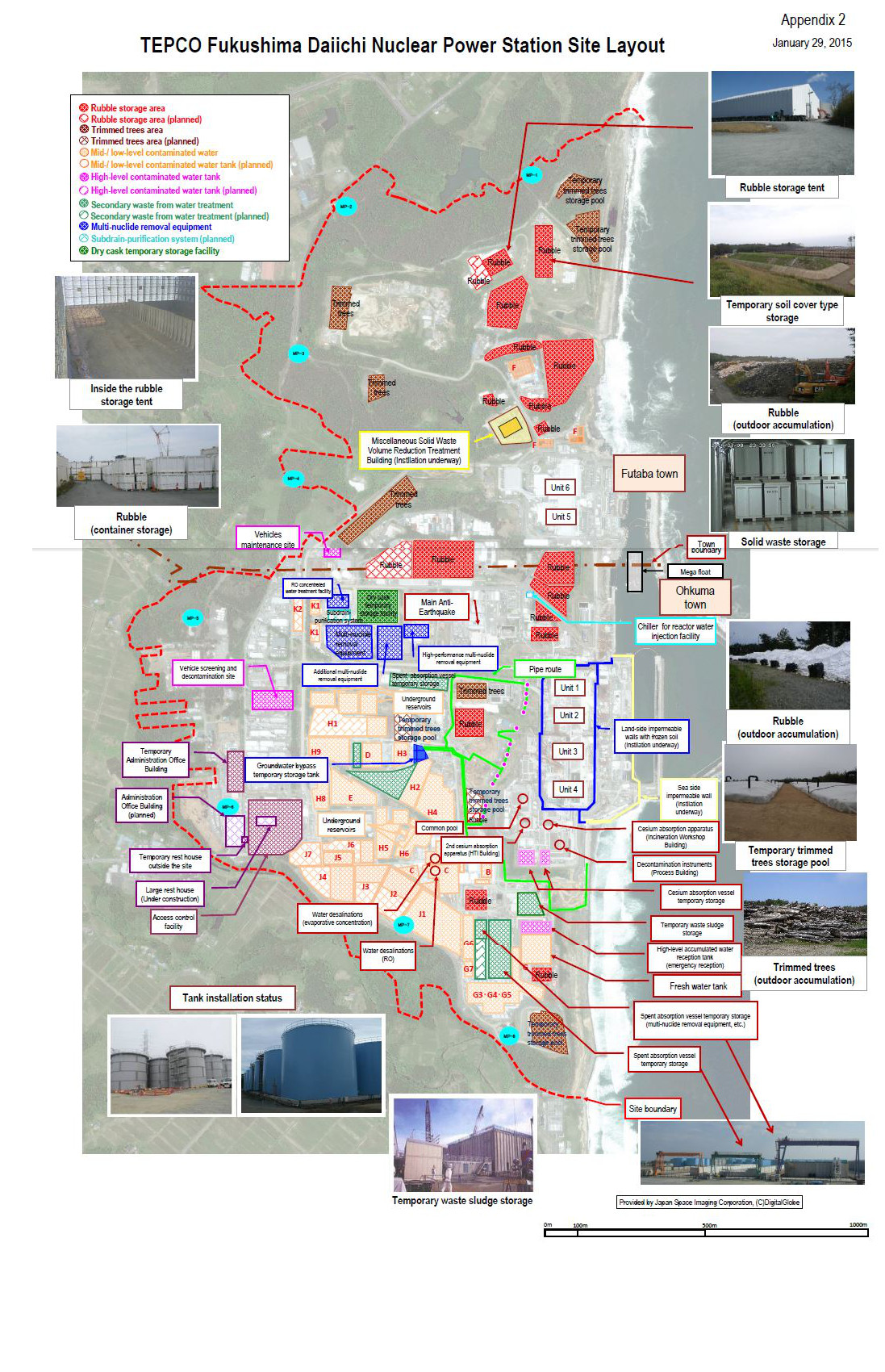NPR’s the two way ["Groundhog Day 2017: Winter Is (Still) Coming, Punxsutawney Phil Says”] reports today that Punxsutawney Phil saw his shadow in Pennsylvania this morning, forecasting six more weeks of winter weather (see footage from the BBC here).
Our neighborhood lowland marmot has not shown, though the temperatures have been unseasonably warm. We peaked at 57 °F (14 °C) yesterday, roughly 10 degrees Fahrenheit (7 °C) warmer than average according to WeatherSpark. Today shall see similarly warm temperatures.
This morning, our sky was overcast. Had the marmot in my neighbor's front yard ventured out of his burrow, he would not have seen his shadow, but almost might have spotted the first daffodils in bloom.
Winter has been entirely mild here thus far. We had only one day of snowfall leaving three inches on the ground for a day or two.
The mild weather comes at no surprise. According to the US National Oceanic and Atmospheric Administration, the world again saw record-breaking temperatures last year (Global Analysis - Annual 2016). Our region has experienced extensive drought two months ago, and we noted several large-scale forest fires, a first in the quarter century I spent here (USATODAY, “Forest fires burn 119,000 acres in 8 Southeastern states”, Nov. 20, 2016).
In addition, the Tidewater area has experienced flooding more frequently and severely in recent years (William & Mary’s Virginia Institute of Marine Science report to the Virginia General Assembly, 2013, entitled “Recurrent Flooding Study for Tidewater Virginia").
Regardless of Phil's statistically rather risqué predictions, they have historically been worse than flipping a coin, the planet is clearly heating up and it shows. Minimizing our contribution to this worrisome trend can only help mitigation and should be a priority in private and in public life this year and in years to come.
Addendum
- The picture below was taken one week after Phil's showing. Despite of a seasonal two-day "cold spell" during that week, the daffodils are out in my neighborhood, while in Phil's defense a snowstorm is hitting the East Coast today (more news from The New York Times under the headline "Winter Storm Hits the Northeast") (02/09/2017).
Daffodils begin to bloom Feb. 9, 2017.





